
Review on Seagate One Touch Portable External Hard Drive (1TB, Red) by Danish Danish ᠌

The purchase brought only positive emotions.
On Win 10 got up immediately without problems. Win 7 was not without headaches. The device was not recognized in File Explorer or Disk Management. In device manager it was reflected in storage device controllers instead of disk devices as a "SCSI device". Updating USB drivers didnt help. Posherstil the Internet and did not really find an answer, everywhere they sin either on a conflict of devices in disk management, or on an exclamation mark in the dispatcher (in fact it was not), or on firewood. I wrote to Seagate support and received an answer almost immediately. I removed the device from the manager completely, restarted the OS, and when I reconnected the disk, it got up as it should. What went wrong the first time only Bill Gates knows. Perhaps this comment will be useful to someone (out of 10 articles on the internet, only one found a mention of a possible solution through the complete removal of the device from the dispatcher, and then casually and almost between the lines). P.S. Super-mega users, please do not laugh if the solution is already obvious to you. I am an ordinary average lamer, I am not torn to the title of a pro. In general, the device justifies itself for its money.
- - Good speed for HDD: max 130 MB/s, in fact the average is around 80-90 MB/s. I am attaching screenshots. Several thousand photos of 130 GB were uploaded in 30 minutes. Norm. - Stylish, pleasing to the eye. - Liked the quick response from Seagate support on the issue mentioned in the comments.
- - It heats up quite noticeably under prolonged load. Not critical, but still. - Feels fragile. Bought the case right away. In any case, it will be needed during transportation. - Not that noisy, but the buzzing in the silence is audible. Not a minus for me. When you are doing business or listening to something, you do not notice.
New products
Comments (6)



Top products in 🖴 External Hard Drives
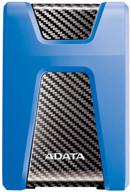
2 TB External HDD ADATA DashDrive Durable HD650, USB 3.2 Gen 1, Blue

55 Review

🔜 Seagate Backup Plus Slim STHN2000400 2TB Portable Hard Drive - Black: Your Reliable External Storage Solution

93 Review
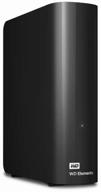
18 TB External HDD Western Digital WD Elements Desktop, USB 3.0, black

95 Review
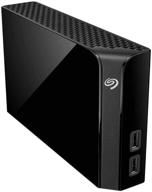
8TB Seagate Backup Plus Hub Desktop Hard Drive with Data Recovery Services

56 Review
Another interesting products
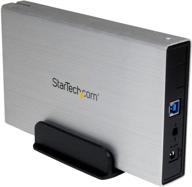
🔒 StarTech.com 3.5in Silver Aluminum USB 3.0 External SATA III SSD / HDD Enclosure with UASP - Portable USB 3 3.5" SATA Hard Drive Housing (S3510SMU33)

10 Review

🔴 Renewed Samsung Portable SSD T7 500GB USB 3.2 External Solid State Drive Red

20 Review
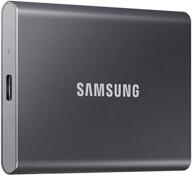
SAMSUNG T7 Portable SSD 1TB: Fast and Reliable USB 3.2 External Solid State Drive in Gray

13 Review
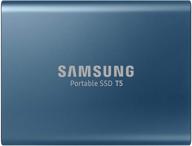
Samsung T5 Portable SSD MU PA500B

88 Review




